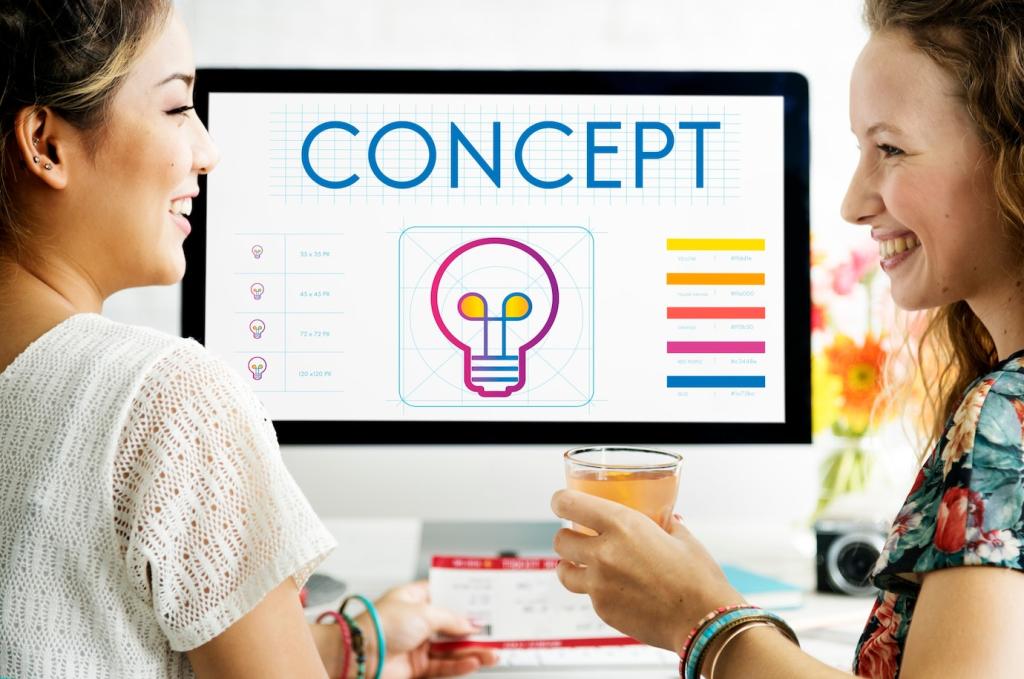
Telling a Story with Interior Design Web Copy
Chosen theme: Telling a Story with Interior Design Web Copy. Welcome to a home page where words guide the eye, rooms become characters, and every scroll reveals a chapter in the life of your spaces. Subscribe for fresh narrative tactics and share your studio’s story spark with us.



Voice and Tone: Give Your Studio a Literary Style
Are you the Sage who educates, the Caregiver who comforts, or the Creator who experiments? Anchor your web copy in one archetype. This keeps headlines, captions, and case studies coherent, so readers feel guided by a reliable narrator.

Before, During, After: Structure Transformation as Plot
Document the bottlenecks honestly: dim corridors, storage nowhere, furniture that never fit. Use photos and tight copy to crystallize the problem. This vulnerability signals credibility and invites prospects to admit their own design challenges.


Before, During, After: Structure Transformation as Plot
Share material samples, sketches, and rationale behind choices. A short paragraph about why you placed the pantry here or lowered a sill there builds authority. Process language reduces fear and nudges hesitant readers toward inquiry.
Copy Meets Visuals: Orchestrate Words with Photography
Instead of “Kitchen detail,” try “A ribbed oak island hides charging drawers, keeping counters clear for breakfast rituals.” Teach viewers how to see. Better captions increase time-on-page and create memorable takeaways.


Build articles that respond to lived problems: small apartment storage, acoustic comfort, rental-friendly upgrades. Map each to a project story. This pairing of intent and narrative builds authority and natural internal links.

Craft titles like “From Echo to Ease: A Sound-Smart Living Room Makeover.” Meta descriptions should promise a journey and a takeaway. Encourage readers to bookmark the piece and reply with their next design question.

Use clear headings, concise summaries, and consistent project fields—location, scope, materials, timeline, outcome. This structure improves comprehension and helps search surfaces match you with the right clients at the right moment.
Calls to Action as the Next Chapter
01
Design CTAs that Promise a Specific Transformation
Swap “Contact us” for “Start reshaping your morning routine.” Make the benefit concrete and story-driven. This reframing aligns the click with the emotional payoff your projects consistently deliver.
02
Microcopy that Reduces Friction
Clarify what happens next: response time, meeting length, what to bring. “Send your photos; we’ll reply within two days with three pathways.” Predictability lowers anxiety and makes outreach feel safe and respectful.
03
Offer Narrative Lead Magnets
Share a short guide like “Five Small Rituals that Calm a Busy Home,” derived from your projects. Invite readers to subscribe for it. Use the guide to introduce your process as the trusted narrator of change.
Quotes that Capture Feeling, Not Flattery
Prompt clients with emotional questions: What feels different now? Which routine changed? Include quotes that sound lived-in. Authentic language deepens trust and keeps your storytelling grounded.
Simple, Human Metrics
Share meaningful numbers: minutes saved daily, storage gained, decibel reduction, daylight hours reclaimed. Tie them to a scene. Numbers work best when they measure experiences, not just square footage.
Case Study Closers that Invite Dialogue
End each project with a reflective question: “What small ritual would this entryway transform for you?” Encourage comments and newsletter sign-ups to continue the conversation beyond the page.
Edit, Test, Refine: Craft Your Story’s Rhythm
Trial a cinematic headline against a practical one. Compare scroll depth and clicks to inquiry pages. Use the data to tune tone while retaining your brand’s unmistakable voice and values.
